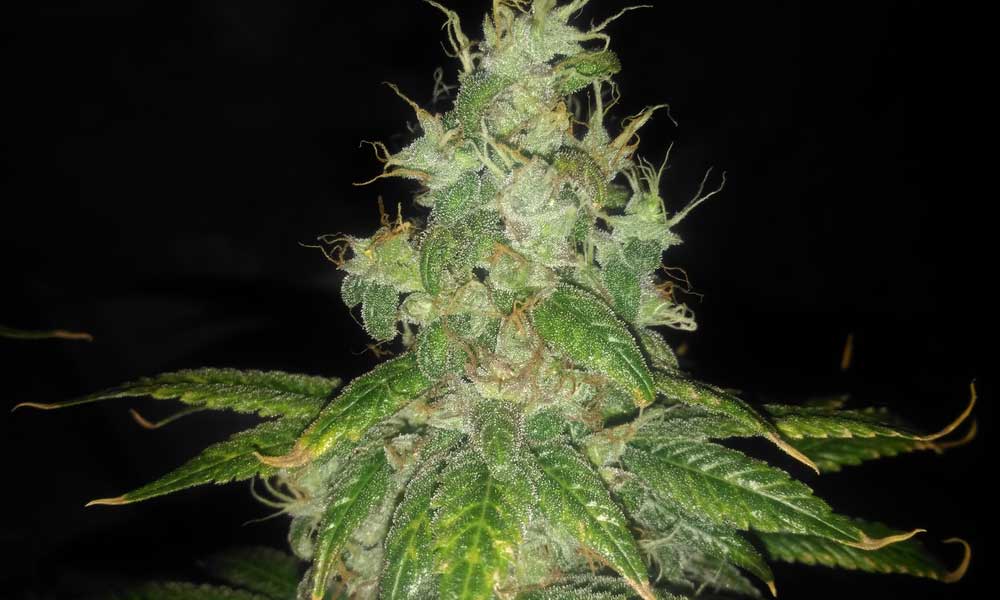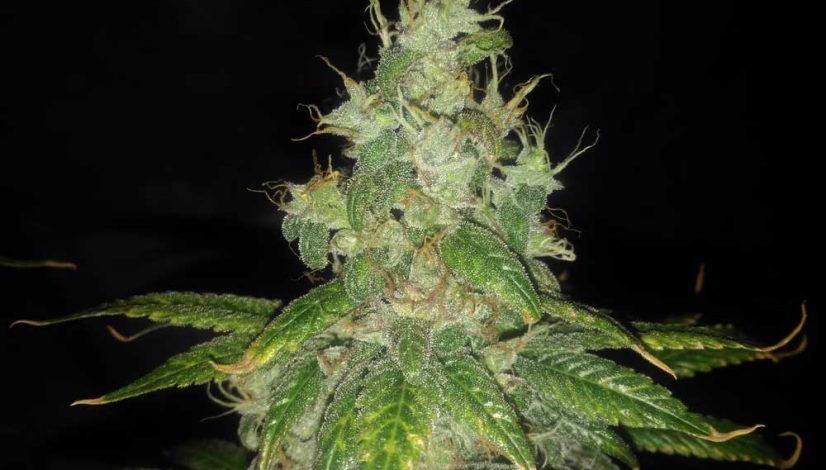Regenerative Organic Cannabis Farming
The post Regenerative Organic Cannabis Farming appeared first on High Times.
With the great state of California poised to legalize adult use cannabis in January 2018, a big debate has formed around the potential environmental impact of all that cultivation. Currently, the regulations are being finalized and issues regarding everything from runoff to soil disposal have been discussed.
In this dialogue, sustainable farming techniques are being looked at as a potential solution to help mitigate this problem.
According to the Rodale Institute, “We have proven that organic agriculture and specifically, regenerative organic agriculture can sequester carbon from the atmosphere and even help to reverse climate change.”
These regenerative farming techniques can work in cannabis gardens as well.
This type of agriculture could help elevate the fears that people have concerning the potential damage cannabis agriculture can leave behind. A study published in the journal, Environmental Research Letters, looked at the impact of several grow sites in Northern California and found that the sites indeed caused various environmental damage. From potentially contaminating rivers due to chemical fertilizer runoff, to increased soil erosion.
Regenerative farming is a type of organic farming that heals the earth while making use of it to incubate your crops.
This type of farming is designed to build soil health and is comprised of practices that include cover crops, residue mulching, composting and crop rotation. These practices can also reduce climate change by restoring the biodiversity of the soil. This results in carbon drawdown and improvements in the water cycle—all of which would greatly benefit California.
More of these practices should be adopted when growing cannabis—as the plant heals us, so to should we attempt to “heal” the land with this plant.

As more and more people cultivate the plant, the risks to the environment grow.
Not all of these new farmers will practice organic or sustainable agriculture. According to a study from the Center on Food Security and the Environment, over the last five years, there has been a 50 to 100 percent increase in land being used to cultivate cannabis. From water use to land erosion to chemical nutrients being used, the environmental impact is huge.
This is why practices like regenerative farming will be so important under the new regulatory landscape.
As the new regulations sweep into effect January 2018, a lot of California’s growers will have to make drastic changes to their cultivation techniques; hopefully, most will choose a path leading towards sustainability.
In an age of mainstream cannabis, it is crucial that we act as shining examples in all aspects of the industry, including the environmental impact we, as cannabis growers, leave behind.
Not only that but these techniques often also improve flavor and bud structure—returning densely packed nugs that have deep rich flavors as a result of the terroir. Much like grapes, the flavor of cannabis is also affected by the environment. This is why the same strain grown by different growers under different conditions will vary so much. Over time, we will come to see that where your cannabis is grown, as well as how it’s grown, will be a deciding factor for the discerning cannabis consumer.
The post Regenerative Organic Cannabis Farming appeared first on High Times.


